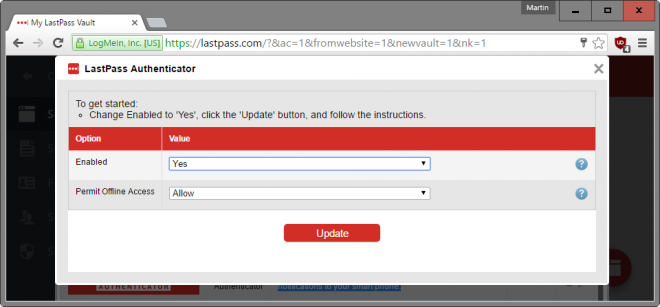
You shouldn’t go looking for an authenticator app with a lot of extra bells and whistles.

All you have to do is copy and paste an extra code each time you log in to a service with the authenticator app enabled. It won’t change much about your digital life though. The slim timeframe device on hand makes this method of security nearly impossible to get through. The codes are only sent on the app, so you’ll need to have the device in front of you to access the code. These apps generate one-time six-digit codes that refresh every 30 seconds. If someone with the tech skills really wanted to get into your account, 2FA might not be enough of a deterrent.Īuthenticator apps avoid your mobile network, sending codes through its own secure channels to avoid them being compromised. Unfortunately, text messages can be rerouted in a variety of ways by hackers. With traditional 2FA, the service or account you’re trying to access will send you a text message or email with a code to unlock your account. But how exactly do authenticator apps work and which one is right for you? How do authenticator apps work?

If you’ve been looking into beefing up your online security, you may have run into a few authenticator apps boasting serious security measures. Needless to say, our digital data and accounts are regularly at risk. And two-factor authentication (2FA), which has long been touted as an end-all security solution for most folks, is being beaten by hackers more frequently these days.Īccording to a recent study from researchers at Stony Brook University and cybersecurity firm Palo Alto Networks, there are over 1,200 verifiable “phishing toolkits” available online that capable hackers can use to skirt around authentication protections. Whether you’re trying to protect your cryptocurrency from scammers, your personal data from being gathered by hackers, or your smart home camera feed from being hijacked, one thing is certain: You need more protection than a good password.Įven the popular password management tool LastPass is dealing with security breaches.


 0 kommentar(er)
0 kommentar(er)
